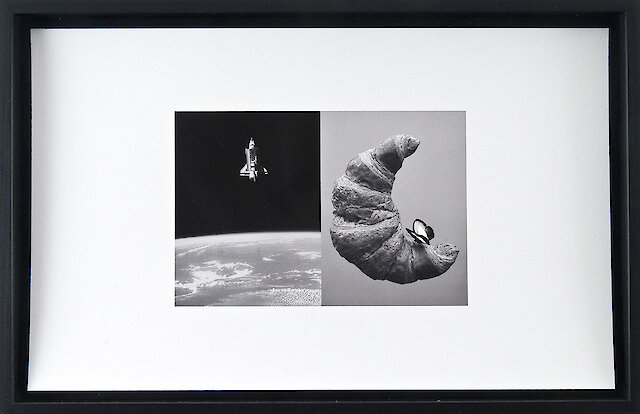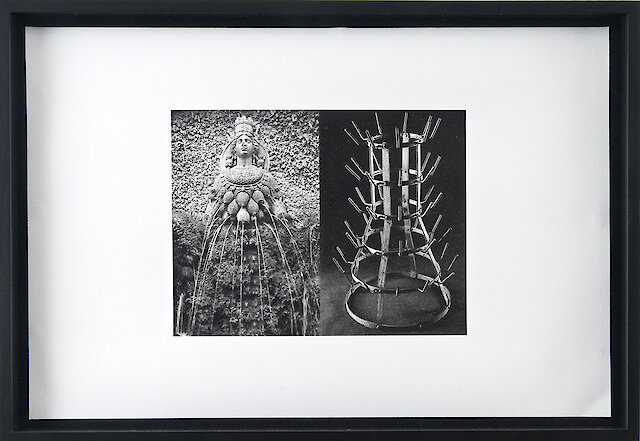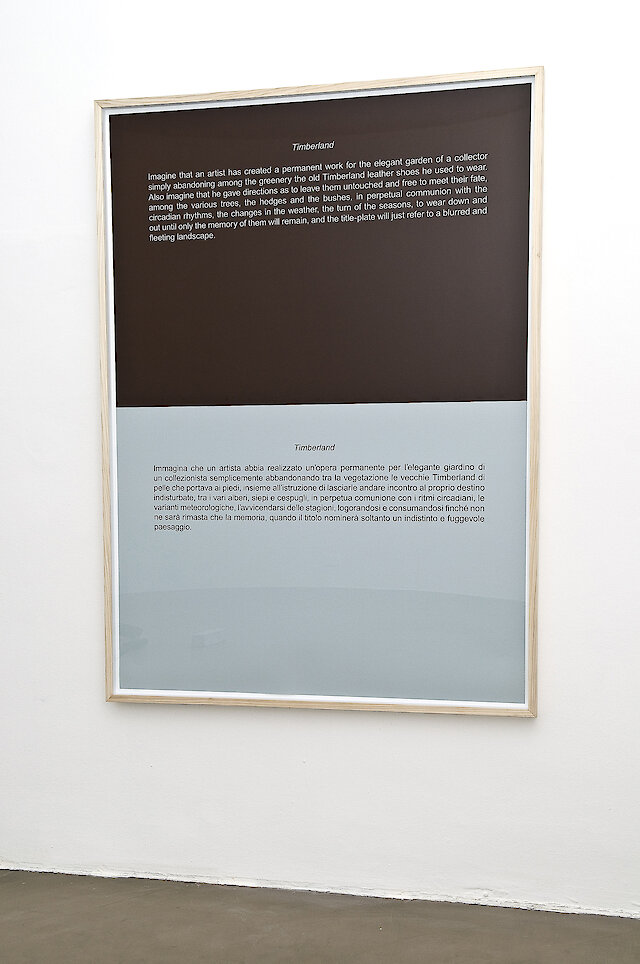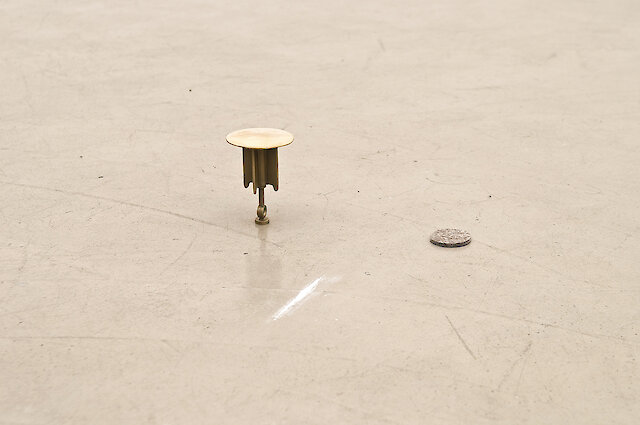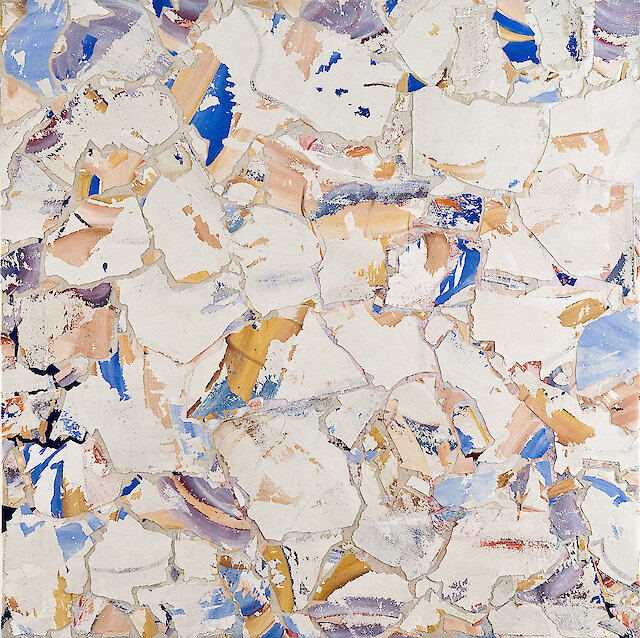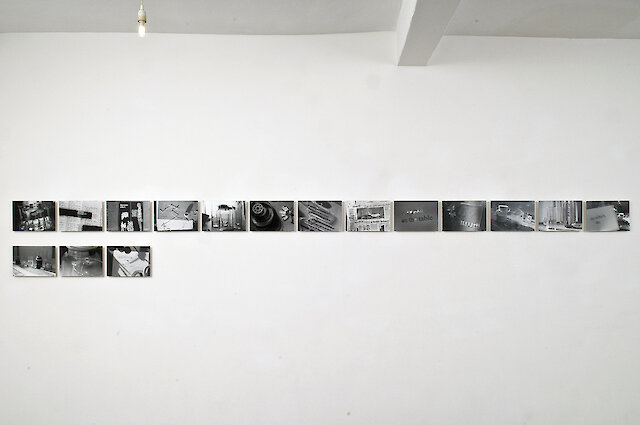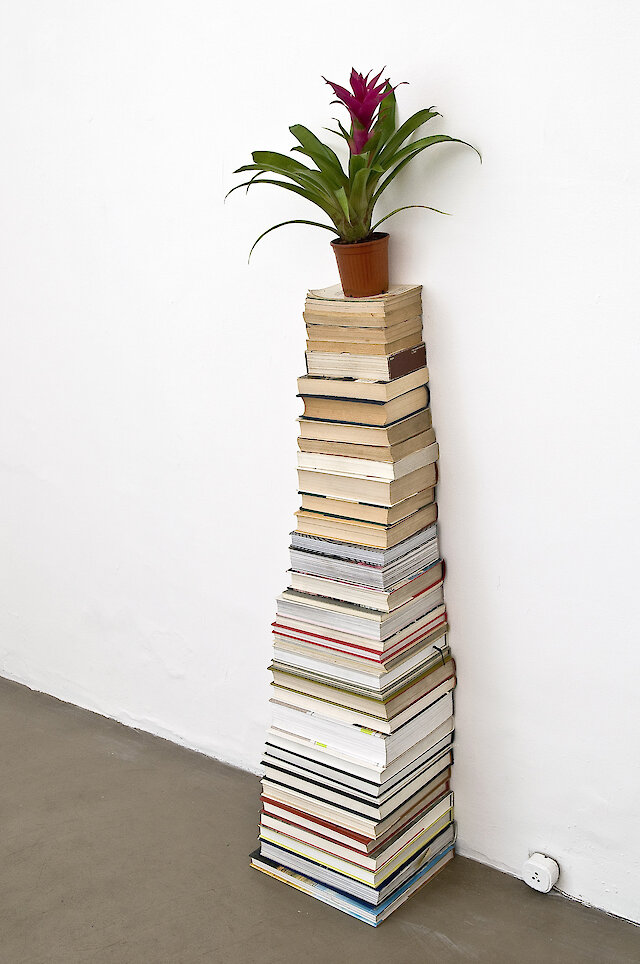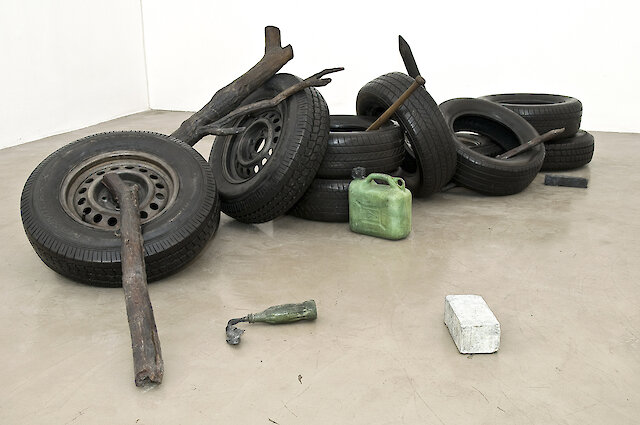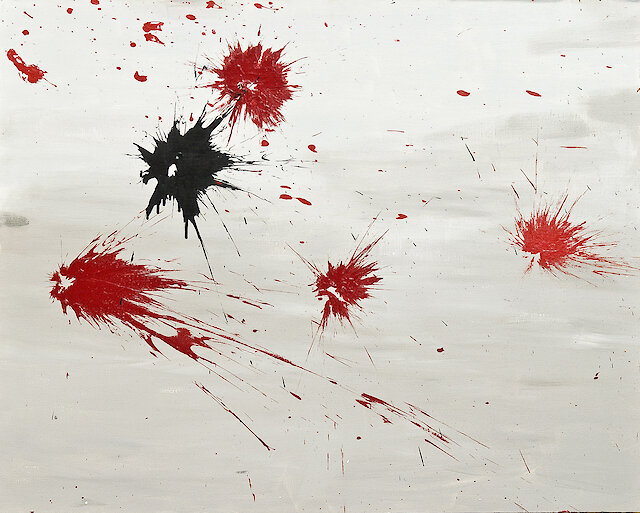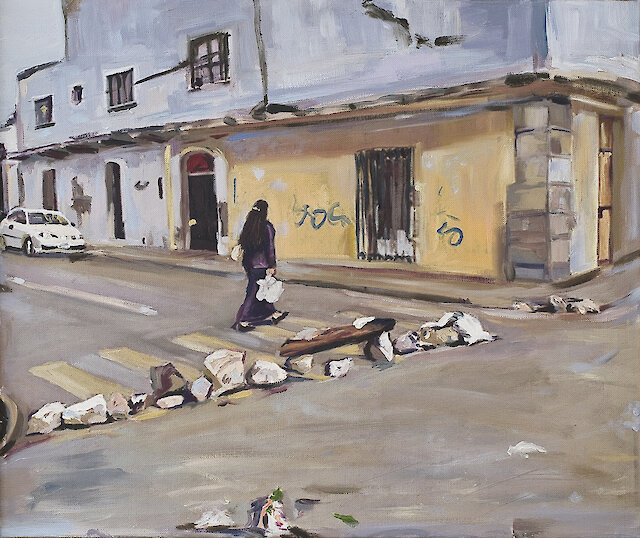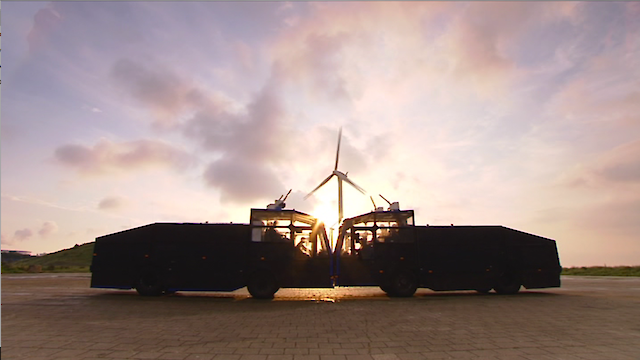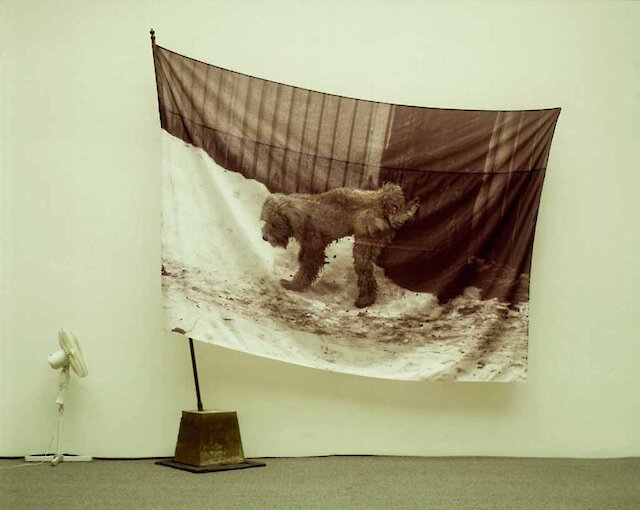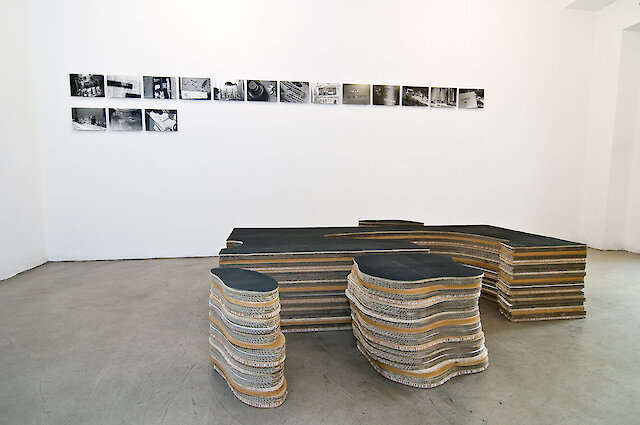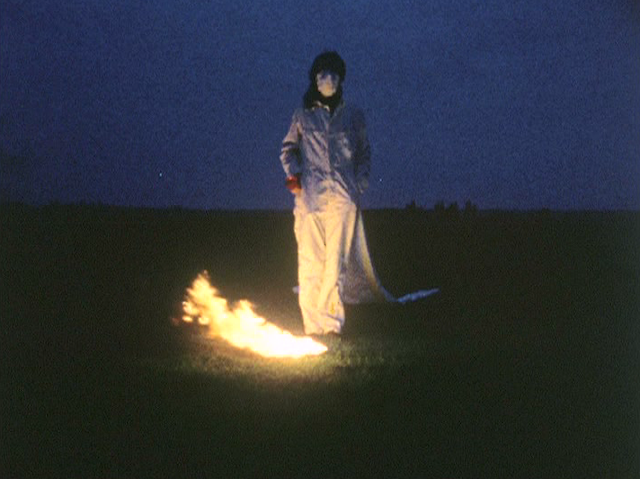Landscapes (confini in disordine)
28.Sep.10
3.Nov.10

On 28 September 2010 Magazzino will inaugurate the new exhibition season with the show “Landscapes” / (confini in disordine) curated by Lorenzo Bruni, in the gallery space and simultaneusly in an offsite location: the Church of San Filippino in via Giulia n. 134. Landscapes / (confini in disordine) is the first of two shows that Lorenzo Bruni will curate for Magazzino, centered upon the concept of the paessagio. The exhibition in the series will open in September 2011. The two shows will later be included in a comprehensive publication.
Roberto Ago, Slater Bradley, Pavel Buchler, Fernando Sánchez Castillo, Sabina Grasso, Dmitry Gutov, Yuki Ichihashi, Jiri Kovanda, Antony McCall, Ján Mančuška and Paolo Parisi are international artists of different generations and cultural provenances who present work that shares a common reflection on the concept of the landscape. To this theme, which appears almost banal in a time dominated by the continuous exchange of images and where the sensation that what is far away may be kept close at hand, the artists respond with work that highlights the space occupied in that moment by the spectator or the temporal instant in which it is realized that particular image of the world. In this case the word landscape in the classical sense is negated and deconstructed as the time of that particular real experience is "represented", and not its image. These are not images to be observed passively, but to practice mentally or physically. Indeed, the landscape for these artists can not exist as an abstract concept but only in relation to the viewer.
The landscape, as George Simmel noted at the beginning of the century just terminated, it’s an image that is separated from the space inhabited in that moment by its spectator. When the observer reaches the place, it ceases to be a horizon, confine or limit, to make itself space. The 20th century, as described by Rosalind Krauss reflecting on the idea of sculpture, is the age in which art evolved, breaking time and time again the codification with which society recognizes any given product as art. This route, however, is above all characterized by the investigation to make the space of the artwork match with the portion of the real occupied by the spectator, that is, two dimensions of space which are usually interchangeable – indeed never co-existent – in the experience of the spectator (this aspect is evident when one considers figurative painting). The works included in the exhibition reflect, even through different modes, the contradiction that exists between the observation of a place and its crossing, its experience and its narration; thus introducing the idea of a constant construction of landscape, as collective identity, and its possible planning.
Pavel Buchler's paintings appear as abstract puzzles obtained by inverting and cleaning landscape paintings rescued from junk stalls. The two-color panel by Roberto Ago creates a concrete image of nature with the phrase imagine if... that begins the story printed on it. The painting of Fernando Sánchez Castillo, which apparently goes back to a tendency in landscape painting at the end of the 19th century or in other cases 40s abstraction, is used for subjects such as scenes from the Spanish Civil War and events of 1968, just to reflect on common codes with which we recognize dignity of collective memory to certain episodes. Lachea by Paolo Parisi is a sculpture where the reflection on the stratification of painting becomes a seating system by stimulating dialogue between people who stop at that crossing place. Ján Mančuška work Guided by the walls is an installation in which sentences in metal letters mark the space of a room by comparing the physical experience (the walk follows the course of reading) with the emotional (evoked by the text) of being at that place. The installation of Dmitry Gutov A dog is a tribute to the instinct of man to discover new territories to take and make them his own, evoking the simple act of daily dog marking its territory.
The work Untitled by Jiri Kovanda defines an horizon within the space of a room using plastic spoons, thus evoking the codes of minimalism but reversing them, creating an event, that is, the dripping of vodka contained in the spoons. These are only a few of the works and artists that are included in the project “Landscapes” / (confini in disordine). The images of the world and the interventions in the gallery and the Church space reflect on an actual concept of landscape, relating it with the opportunità to map, to invent, to discuss it with “the other, the different”. These methods of orientation strongly differ from the opportunities that are given today, like GPS systems that allow to move in the real space, because they instaurate a personal, subjective, shareable experience, rathe than a detached and objective one, of a given time-space context.
Exhibition views





